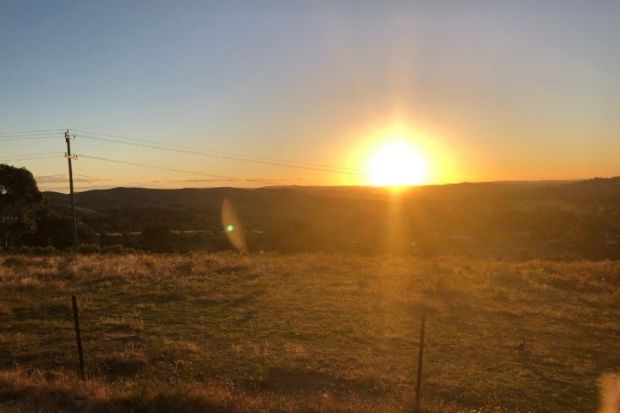Australia’s regional universities have claimed an outsized share of the extra 20,000 undergraduate places bankrolled by the fledgling Labor government, dispelling fears that they would lose out to cashed-up city institutions.
The 12 public universities based outside the national and state capital cities, which collectively host about 23 per cent of domestic undergraduate students, have attracted more than 6,000, or 30 per cent, of the additional places.
The biggest regional institution, Charles Sturt University (CSU), is thought to have claimed the largest allocation after securing 1,084 extra places in nursing, teacher education, business, engineering and information technology.
CSU vice-chancellor Renée Leon had warned that the issuing of extra places – which were quarantined for disadvantaged people studying courses in skill shortage areas – risked triggering an incursion of rich metropolitan universities into the catchments of rurally based institutions with high concentrations of underprivileged students.
Professor Leon said Canberra had taken note of the argument that regionally trained students tended to stay and work in the bush, where skill shortages were acute. “We think that’s a great result [which] suggests we’re dealing with a government that genuinely listens,” she said. “That bodes well for our dealings going forward.”
Professor Leon said the extra places would be pivotal for CSU, which had endured “tough times” during the pandemic. “Getting additional commonwealth places, when that is the university’s key source of revenue, is really important for us to be able to keep providing a quality education to the regional communities that depend on us.”
She said she was confident that her university could fill the extra places, notwithstanding the downturn in demand for education amid a strong labour market. “We’re offering an extra A$4 million [£2.2 million] in scholarships for students to cover the cost of their accommodation if they come and study on our regional campuses. We think that will help to incentivise people who might have thought, ‘I’d love to do this but I can’t afford it.’”
Other regionally based institutions that did well included the University of Newcastle, with 967 places, the University of Wollongong, with 936 and Charles Darwin University, with 831. Newcastle said it was “very happy” with its share of places. “This reinforces what we do well, which is educate lots of students who otherwise had not considered university,” the institution said.
Wollongong said its allocation was worth some A$29 million. Charles Darwin said its funding would support places in courses including nursing, education, engineering, social work, psychology and paramedicine. Vice-chancellor Scott Bowman said many Territorians faced barriers to education. “These extra places [will] make university more of a viable option for these students,” he said.
Central Queensland, Federation and Southern Queensland universities shared around 1,300 places, but Sunshine Coast and James Cook universities received comparably small allocations of about 120 extra places each. The Australian Technology Network of Universities said its member institutions had received around 22 per cent of the 20,000 places, with 20 per cent going to the Group of Eight and 7 per cent to the Innovative Research Universities.
The University of Canberra said it had been allocated 108 extra places, while the University of Sydney received 196 places in areas including education, nursing, pharmacy, psychology, science, engineering and computing. “We’re pleased with that outcome in light of our application for a relatively small number of additional places,” a Sydney spokeswoman said.




